The NES at 40: Seven ways it changed the gaming world forever | Engadget
Nothing will make you feel old like the anniversary of a much-loved gaming console. Perhaps none more so than the 40th birthday of the Nintendo Entertainment System (or the Famicom as it was known for its 1983 Japanese debut).
Having launched in the very same year that the games industry crashed, Nintendo faced an uphill battle to make what would become the NES a commercial success. But we all know what happens next. Nintendo, through some shrewd decisions, creative talent and maybe just a dash of luck would become a console gaming giant right up to this very day. But it all starts with an unassuming beige and red box that two years later would become the retro-futuristic gray box that we all know and love.
Here are seven gaming legacies that Nintendo’s first home console gave to the world.
Bringing the D-pad
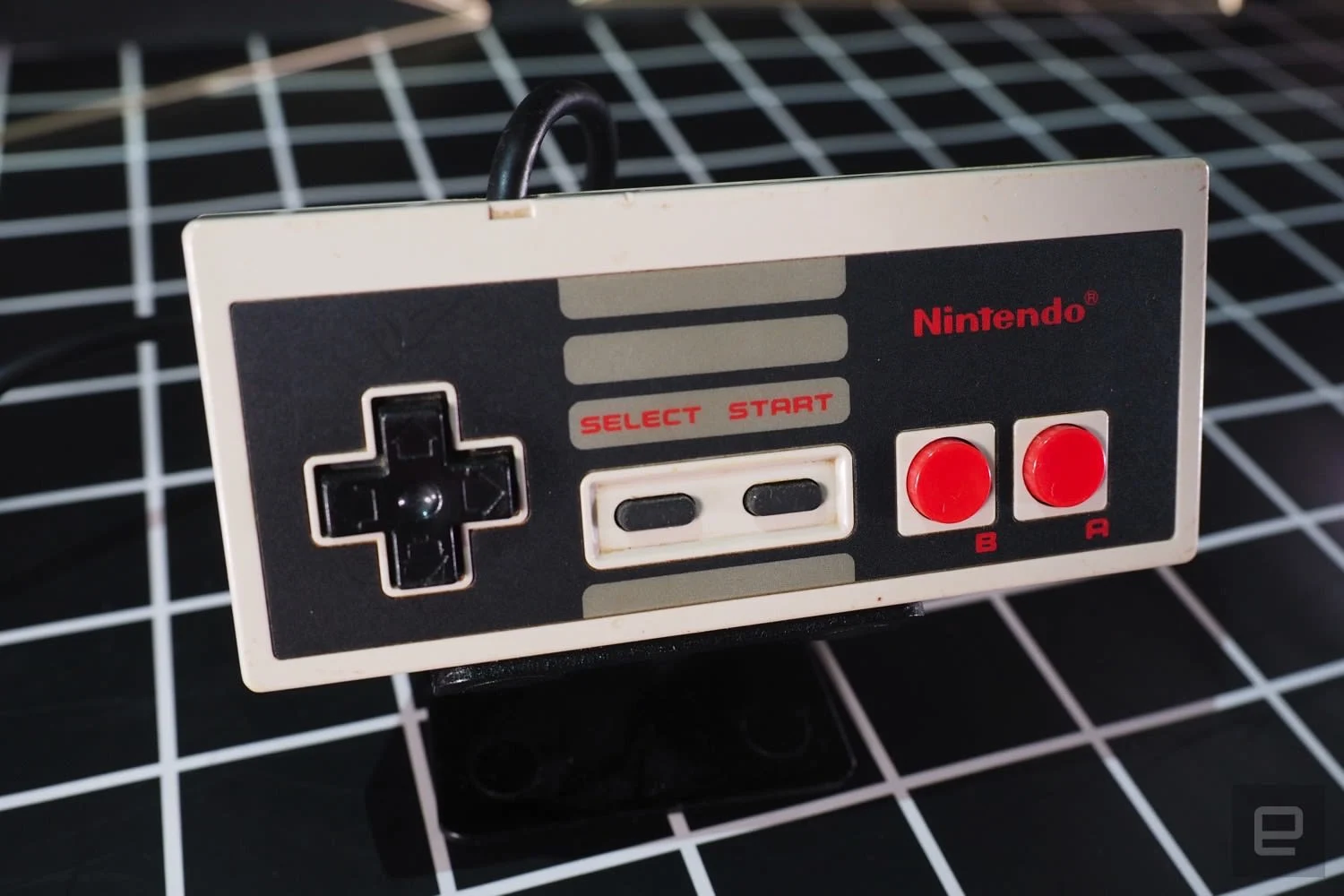
Kris Naudus for Engadget
It’s hard to imagine now, but there was a time where game controllers were almost as unique as the console they were connected to. As wild as it might sound, the NES was the first home console that sported the humble D-pad. The cross-style design would become a standard on controllers to this day.
Like all good inventions, it was born out of necessity. Nintendo’s early Game & Watch handhelds needed a control system that was pocket-friendly. A tiny joystick was impractical, plus the company wanted something more reliable than the four directional buttons some systems experimented with. Cue a little bit of design magic and the iconic D-pad as we know it was born.
The design was so effective that it was included on the NES controller along with two input buttons, instantly becoming a winning formula. This format proved so popular that you’ll be hard-pressed to think of a modern console that doesn’t use some form of this layout.
Better third-party games
Today we expect console titles to be of a certain standard, even if that doesn’t always pan out. We can broadly thank Nintendo, and specifically the NES for this. In the early ‘80s, third-party game development was a wild west with few checks and balances — any company could develop and publish games for any system. When the NES came along, it introduced the concept of licensed third-party games thanks to the NES’s 10NES “lockout” chip that prevented just anyone publishing a game for the platform. In turn, this created some form of quality control which would go on to become an industry standard.
It wasn’t all entirely positive (if you weren’t Nintendo that is). The 10NES was the first mass-market use of what we’d now generically call DRM, and it allowed Nintendo to initiate the industry-standard 30 percent licensing fee which, in its evolution, is still a source of contention with developers (and customers). The NES also introduced the idea of “exclusives” which is something else we still see for modern releases (often to the chagrin of gamers).
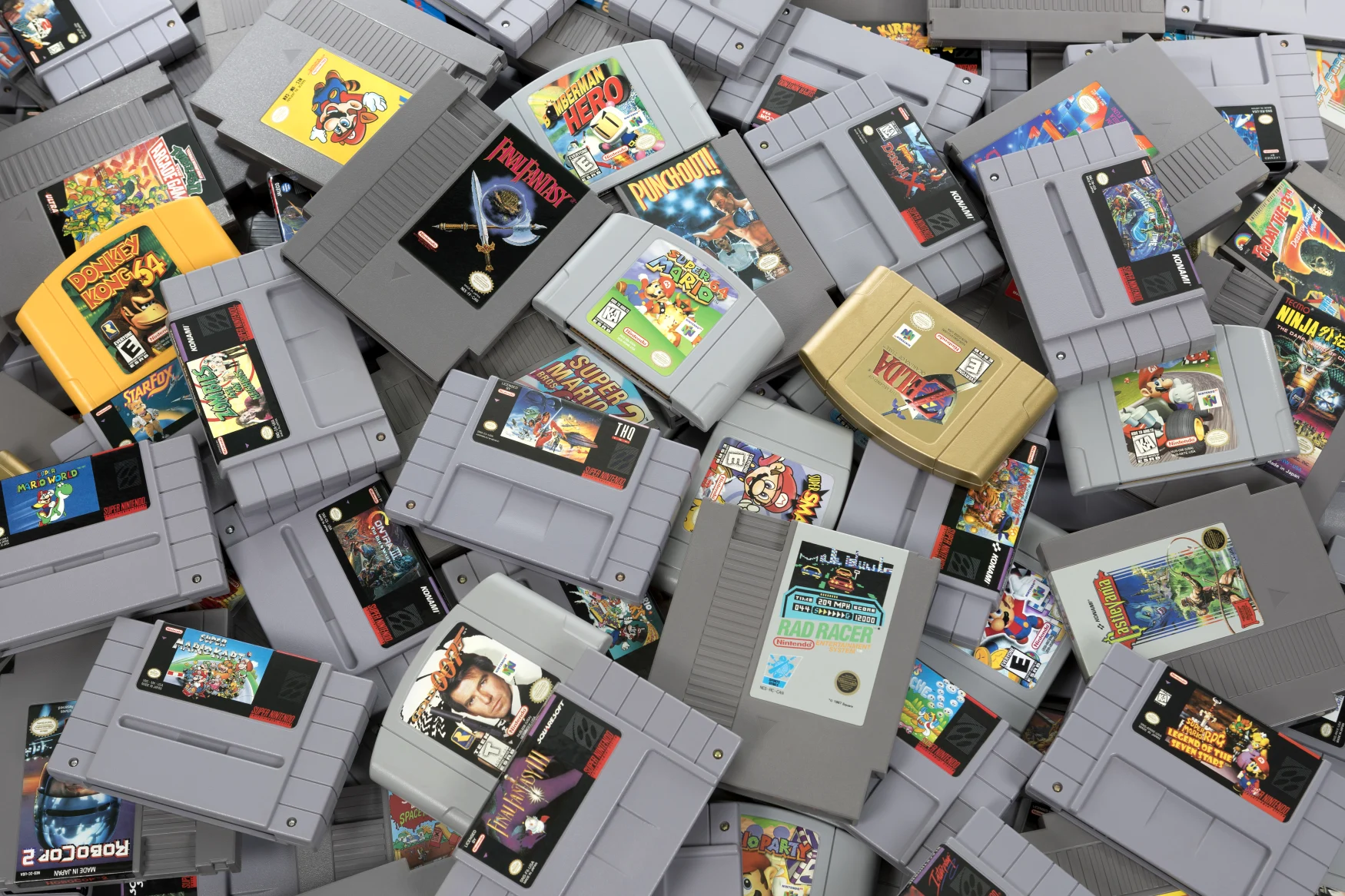
robtek via Getty Images
That said, Nintendo’s “seal of approval” did a lot to revive the gaming industry after its infamous crash in 1983, and for that we’re eternally thankful. Not to mention, we can’t be sure any amount of Mario would have made the platform what it was without titles like Contra, Mega Man 2 and Dragon Warrior, all made by third-party developers.
Bonus: Nintendo’s “10NES” lock-out chip authentication chip is also the reason why you sometimes had to “blow” into a cartridge, as if the contact between the chip and the console wasn’t perfect it would stop the game from booting. That’s, perhaps, another long-lasting legacy we’re glad to see the back of.
Console game saves
The Legend of Zelda’s legacy speaks for itself, but its debut on the NES came with a feature that changed everything: game saves. This had never been seen on a console in the US before and it changed what was possible for console games across the board, paving the way for bigger, more complex titles. A lot of the NES’ best loved franchises like Dragon Quest and Final Fantasy simply wouldn’t have been possible without battery saves, giving the technology an outsized legacy.
While games on disk-based computers had been deploying saves for a couple of years, consoles didn’t have internal storage, so players were stuck with workarounds like codes or passwords. Unlike a proper save, which would include things like current weapons and power-ups, a password would usually (though not always) just start you off at the beginning of the last level you were on. This was practical for things like racing games or platformers, but problematic for things like RPGs and sims.
The technology wasn’t perfect of course. If the battery died or somehow lost contact, you would lose all your saves. But it was a good enough system to last into the 2000’s with some form of on-cartridge saves being used right up until the 3DS. There was, of course, a free, time-honored alternative way to “save” games, usually when you had to go down for dinner: pause and switch off the TV (and maybe hide the controller from any siblings).
The video game mascot
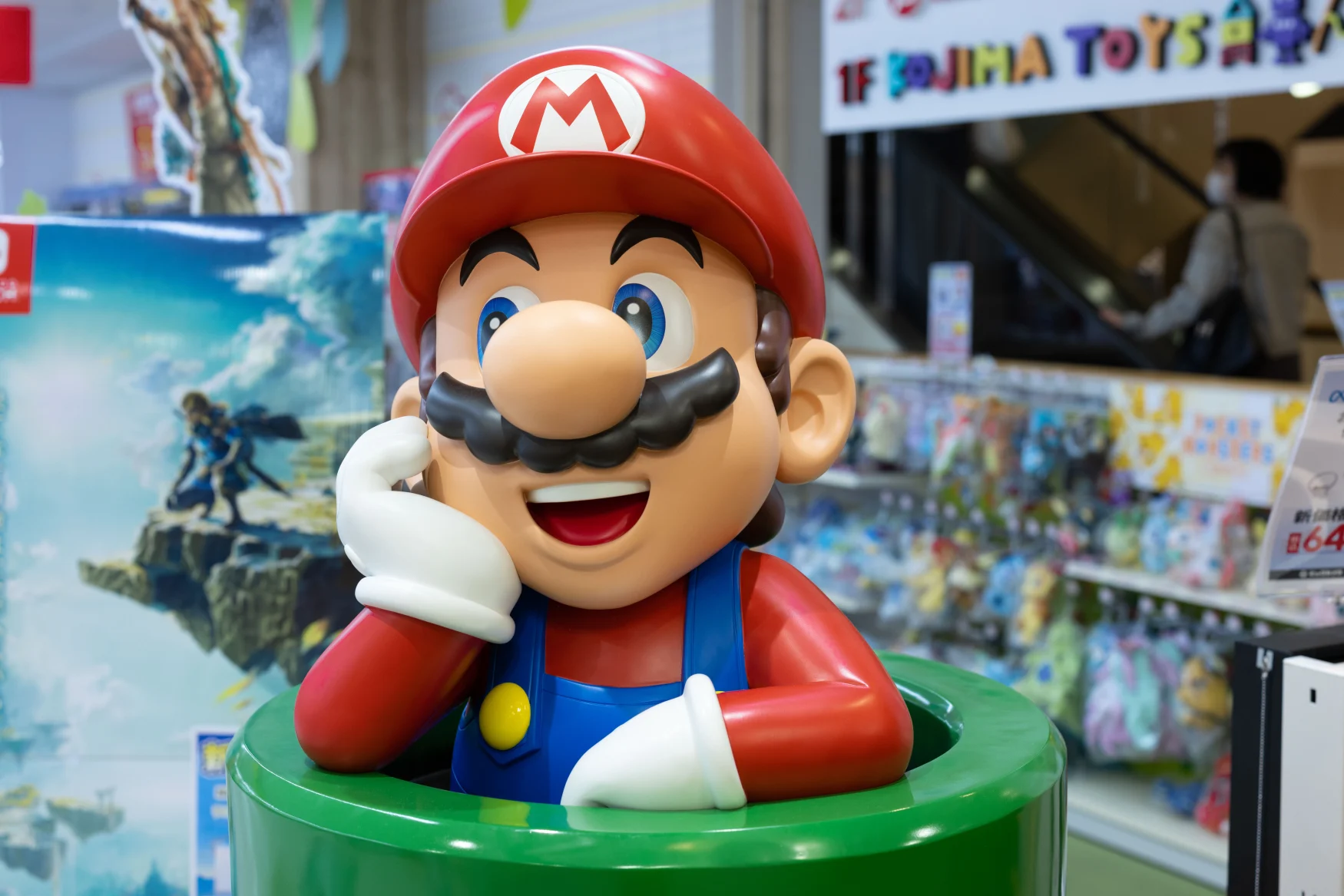
SOPA Images via Getty Images
It’s hard to talk about anything Nintendo without a nod to the world’s most famous plumber. The NES isn’t where Mario had his first outing of course, not by a long shot. It’s not even the first console to have a Mario Bros. game (that was the Atari 2600). But the NES is arguably where the most important gaming franchise for Nintendo – Super Mario – began.
Super Mario Bros. isn’t just important for Nintendo, the side-scrolling platformer would go on to have an outsized influence that would reach far beyond the walls of Kyoto. The unique gameplay with power ups, secret rooms and a colorful world with a full cast of characters came together to create a formula that would set it on a path to become the best-selling game of all time (a title it no longer holds, alas).
There would of course be two sequels on the NES. Super Mario Bros. 2 (the US version at least) was brighter, bigger and added the ability to throw enemies and objects. Super Mario Bros. 3 ramped things up further with even more hidden bonuses and abilities. All three titles received positive reviews and critical acclaim. Most importantly, Super Mario Bros. would solidify the platformer as a key element of console gaming, directly inspiring Nintendo’s main rival, Sega, to create its own iconic mascot franchise.
The concept of mascot platformers has died away to an extent, but Crash Bandicoot helped sell the PlayStation, and we saw fresh attempts at mascots in the form of Ratchet & Clank, Spyro and Banjo Kazooie through the late ’90s and ’00s. Today, Master Chief is essentially the face of Xbox, and Sony uses the likes of Nathan Drake, Aloy and Joel in much the same way Nintendo used Mario: To sell consoles and merch.
The video game movie adaptation
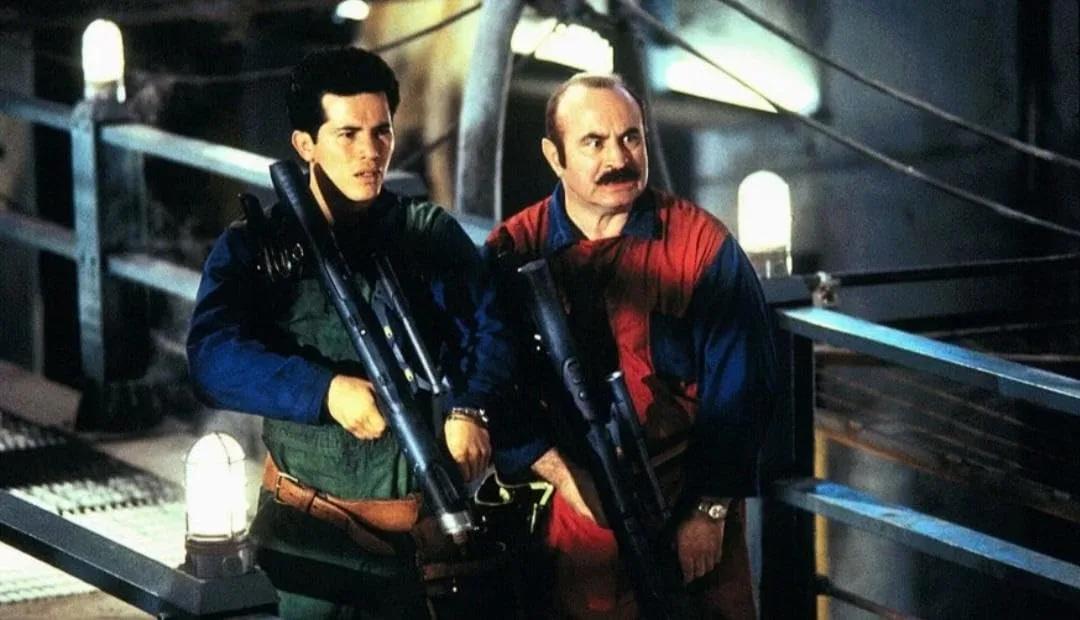
Walt Disney Studios
There had been games based on popular films since the 1970’s, but we had to wait two decades before we’d see that concept reversed. In 1993, Super Mario Bros. became the first video game movie adaptation and boy did things get off to a bad start.
Starring Bob Hoskins (The Long Good Friday, Who Framed Roger Rabbit) as Mario and John Leguizamo (Moulin Rouge, Spawn) as Luigi, the movie received tepid reviews at best. The movie follows our plumbing heroes as they travel to another dimension (from Brooklyn!) to rescue, well, you know who. Looking back now, the costumes are a little camp, the effects comedic and the plot about as thin as the film it was shot on – but it was an exciting event for Kooper-stomping kids around the globe to have a movie of their own.
To put it in perspective, Hoskins said it was the worst thing he had ever worked on, and he did a run of commercials for British Telecom. A year later we’d be graced with adaptations of Double Dragon and Street Fighter which both have Rotten Tomatoes scores of less than half of Super Mario Bros. (which is already only 29%). Sadly, things don’t get much better from there on out with it taking until 2019 until a game-based movie would earn a “Certified Fresh” score Tomatometer (and that was… Detective Pikachu with 68%).
The light gun
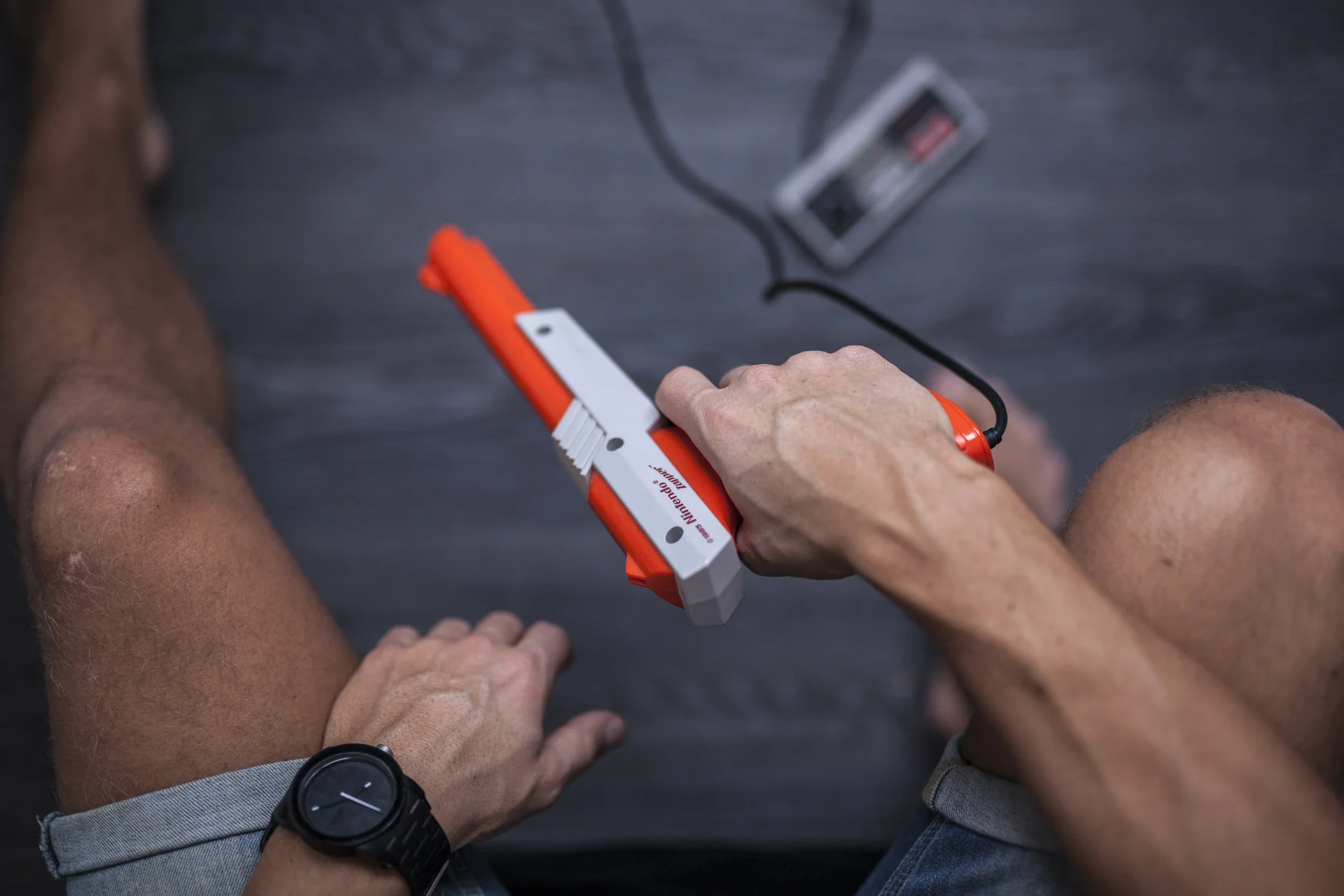
luza studios via Getty Images
You might be surprised to learn that the technology behind the light gun has been around since the 1930s. Nintendo had developed its own version as far back as 1970 for its Laser Clay Shooting System. Old rival Sega had actually beaten Nintendo to the punch with its Periscope game in 1966. But of course, the one that would find its way into juvenile American hands en mass would be the NES Zapper in 1984.
You can’t talk about the Zapper without thinking about Duck Hunt, one of the most iconic titles on the system even if, let’s be real, it wasn’t all that good. But something about that unshootable dog (and the fact it was a pack-in game) has earned it legendary status.
Sega would introduce its own light gun, the much cooler-named Light Phaser, for the Master System two years later. And who could forget the iconic if a little… aggressively designed Super Scope accessory for the SNES? The light gun would live on for a few more generations, notably through Sega’s official accessories for the Saturn and Dreamcast and Namco’s GunCon series for the Playstation and PlayStation 2.
As gamers upgraded their TVs to the fancy new flat kinds we have today, the old-fashioned light guns of the ’80s, ’90s and ’00s stopped working. The Wii and PS3 both used LED sensors to achieve the effect, and there was an official Aim Controller for PSVR, but no one has really figured out a standard way for us to shoot things from the comfort of our couches. (OK, Sinden has figured it out, but until a console supports its camera-based Light Gun system, it’s only going to be for real enthusiasts.)
The mega franchise
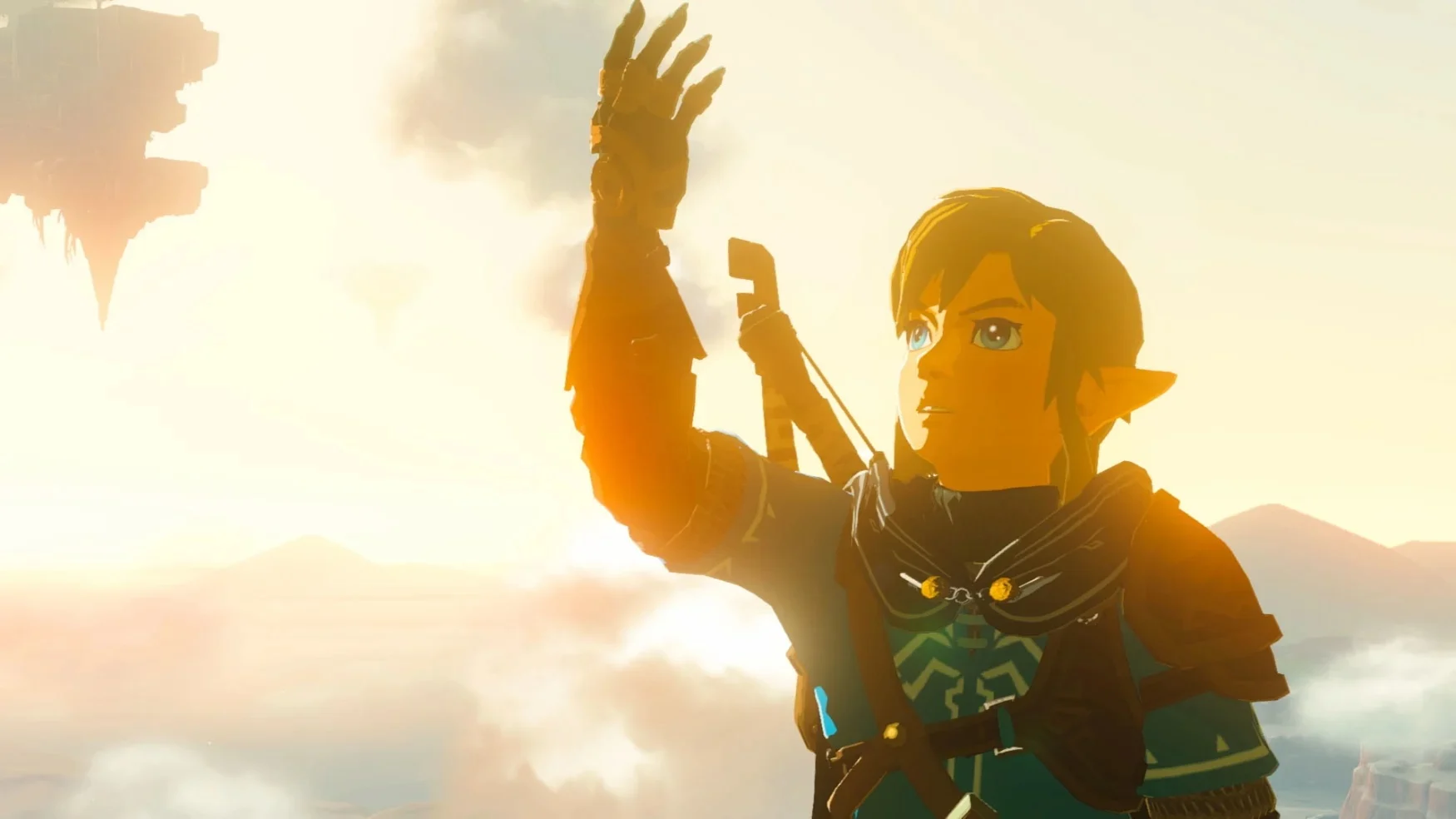
Nintendo
Did we mention the NES also played games? More than possibly all of the above, the impact of the NES is lived out through the franchises that we still enjoy today. Of course, there’s Mario at the top with over 200 titles featuring the iconic mascot in some form or another. Within that are flagship titles for every console Nintendo has ever made – usually multiple for each.
The NES was the platform that introduced the US to the Zelda, Mega Man, Metroid, Final Fantasy, Castlevania, Dragon Quest, Ninja Gaiden and Kirby series. It was also the first console for many existing arcade franchises like Bionic Commando.
Not all of those series continue to this day, but the ones that do are some of the best known (and loved) franchises out there. In May, The Legend of Zelda: Tears of the Kingdom began emptying pockets and puzzling the minds of kids and adults alike. And just last month, Final Fantasy XVI found its way into the collection of over 3 million people in under a week.
Of course, despite the age of the original games, there are still modern ways to play them. Nintendo’s most current console has over 60 NES games available via Switch Online, and the selection includes most of the titles you’d hope for (including the Super Mario Bros trilogy, Legend of Zelda, Punch Out and many, many more).
For all the latest Technology News Click Here
For the latest news and updates, follow us on Google News.

